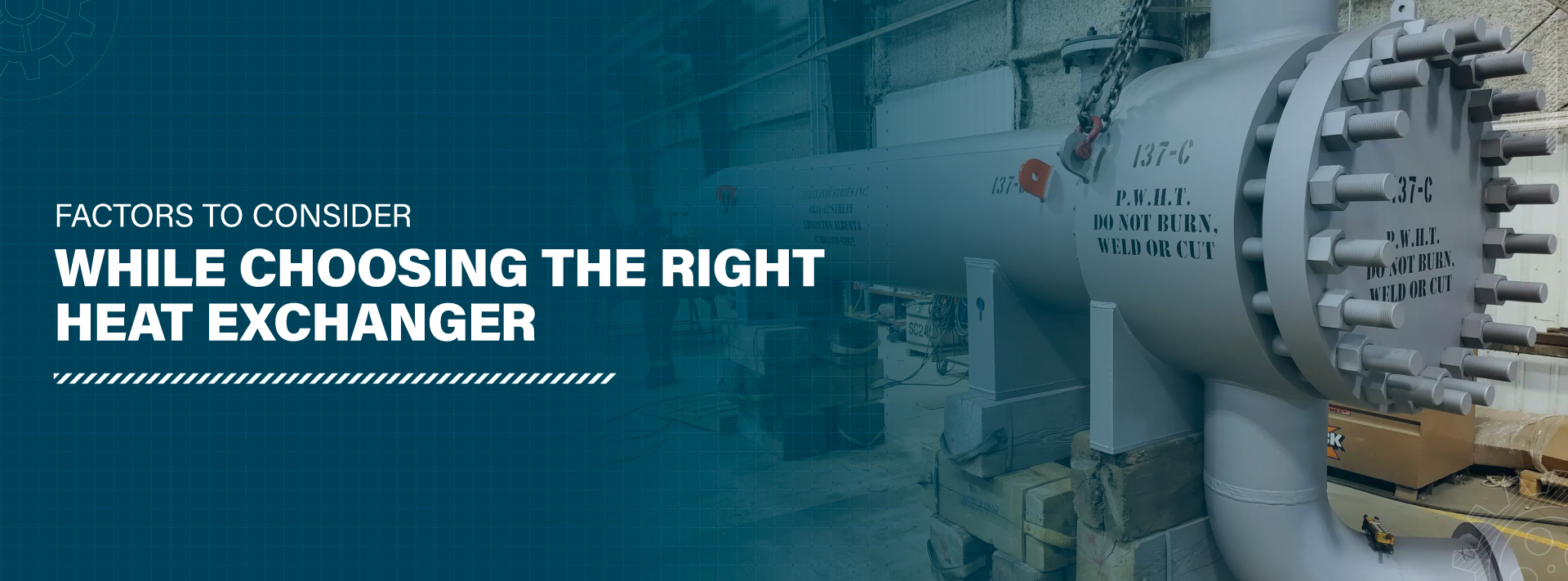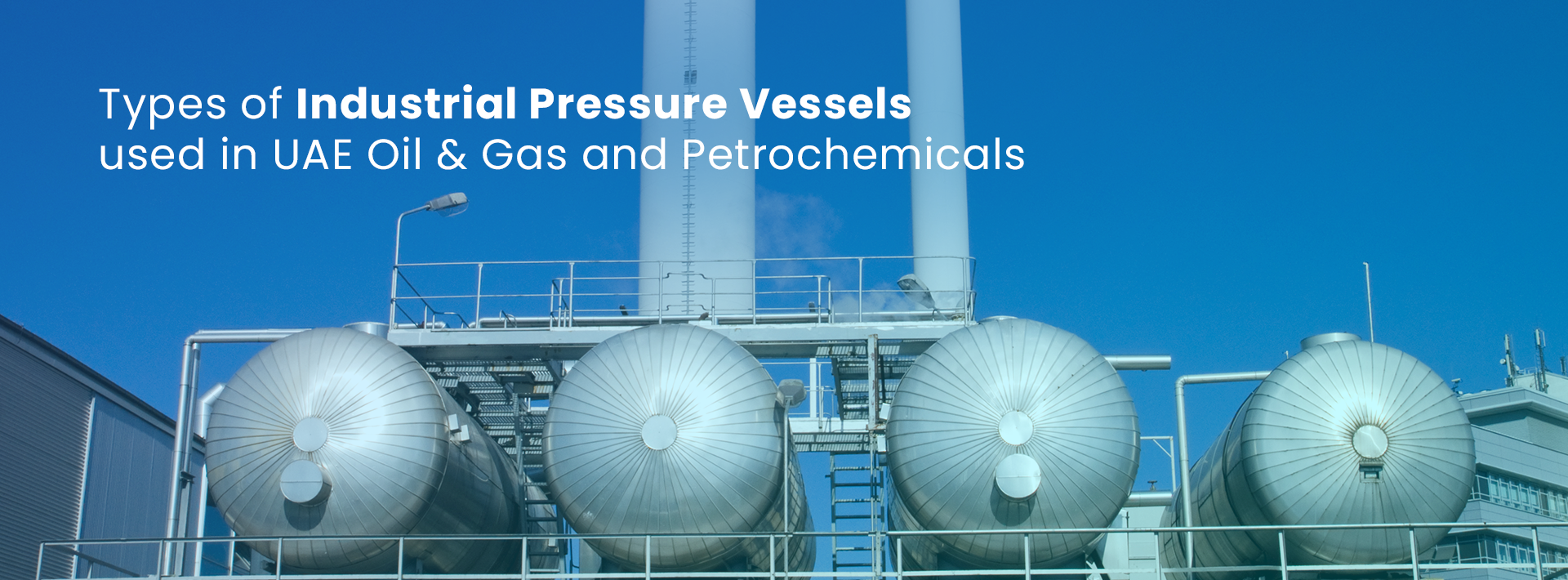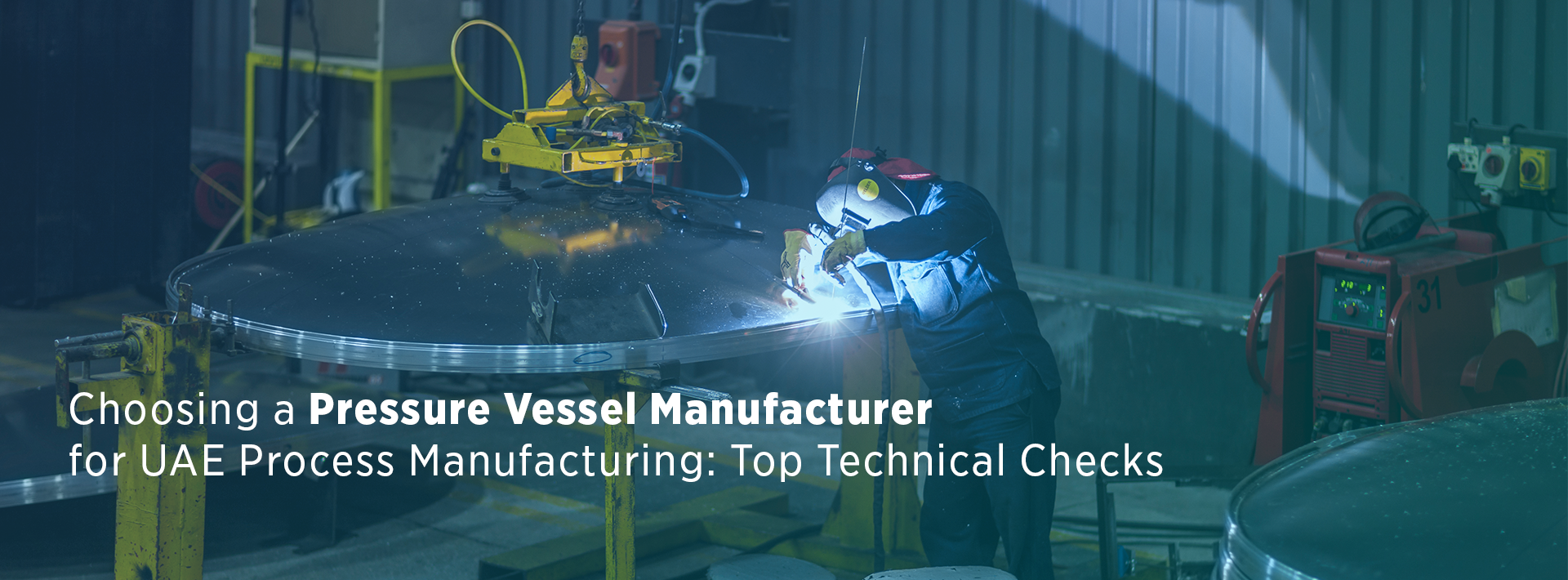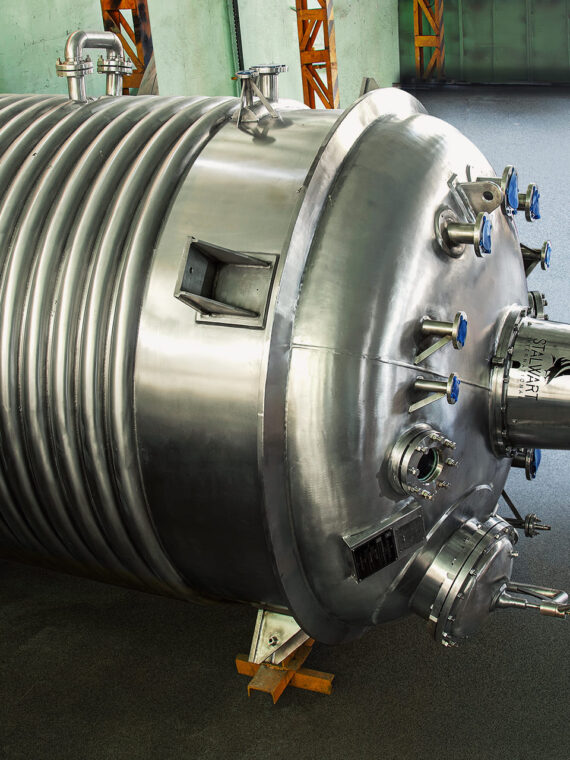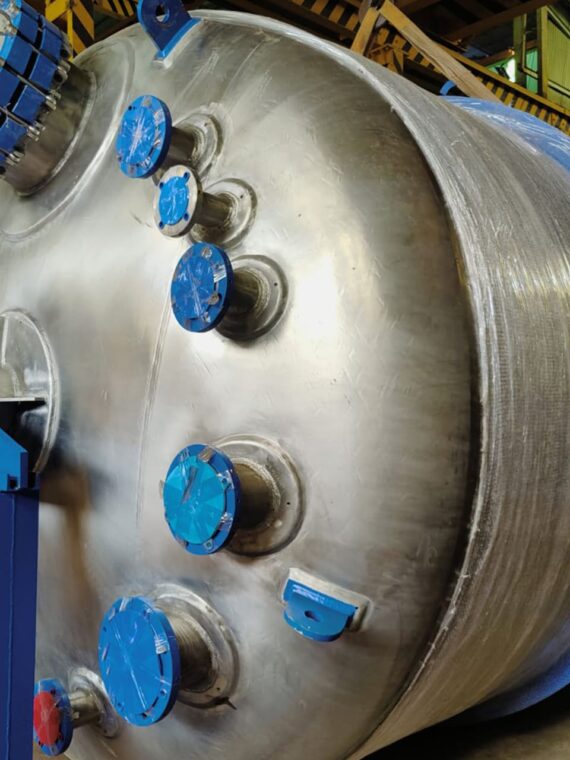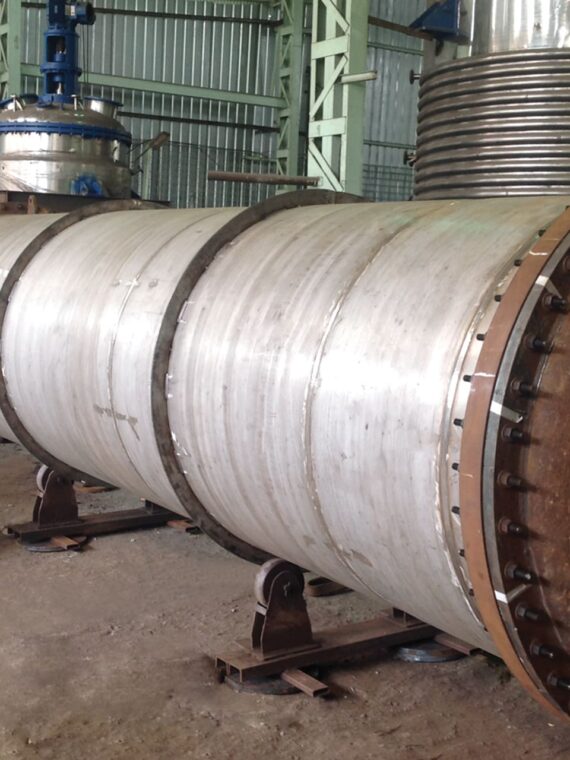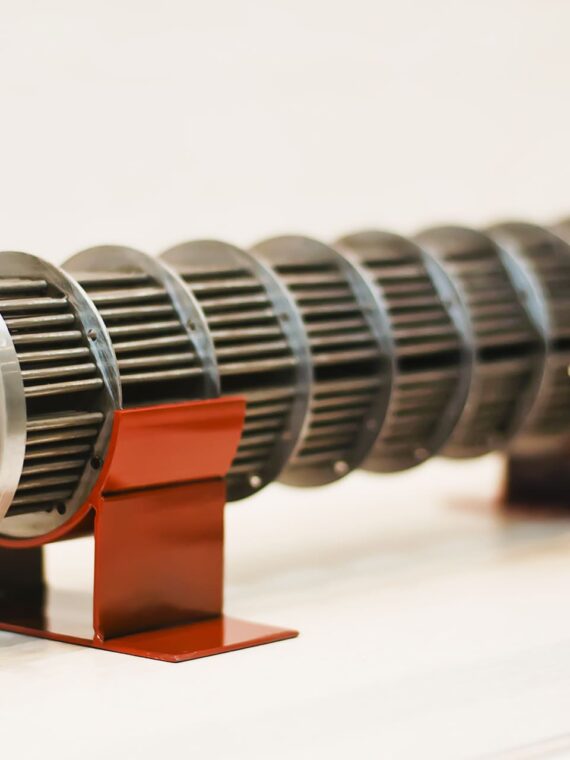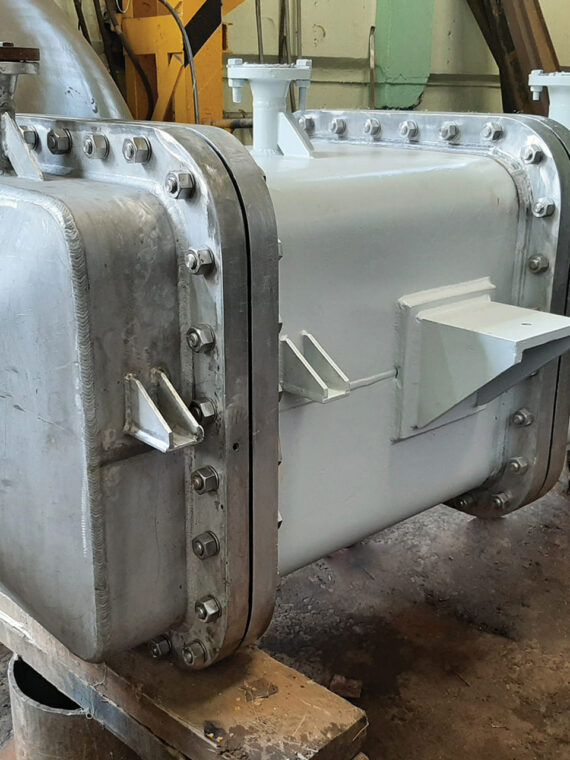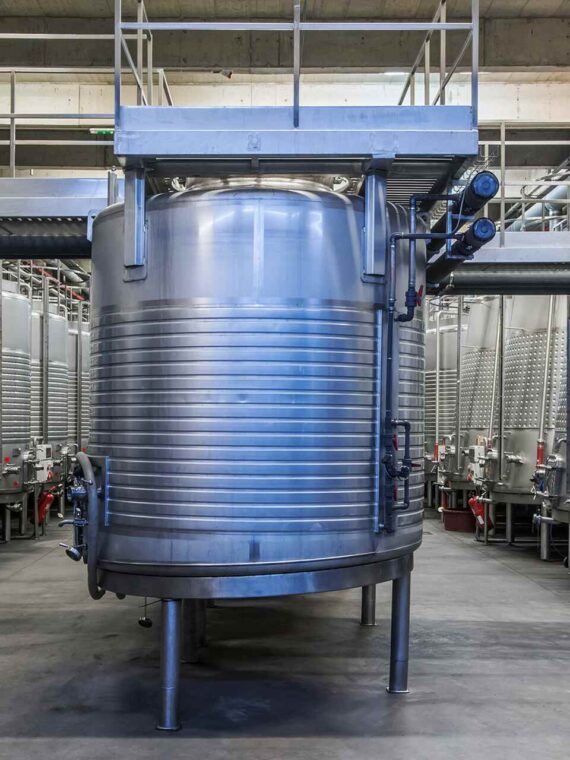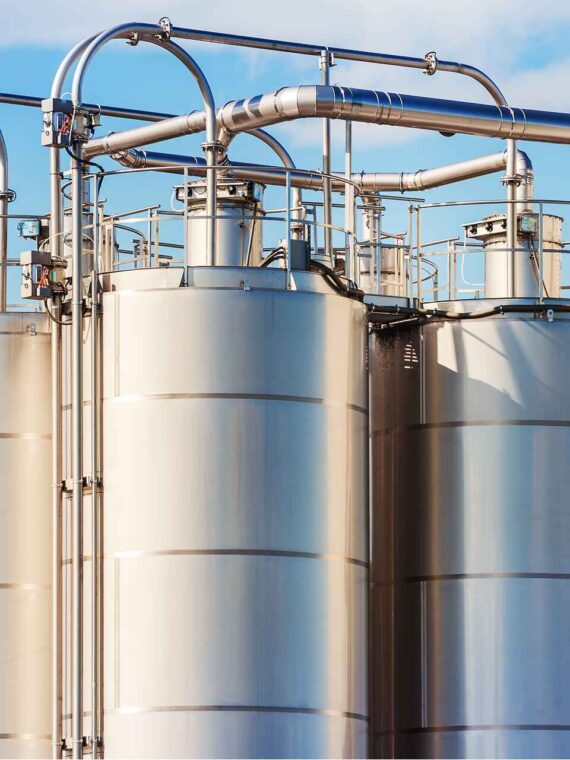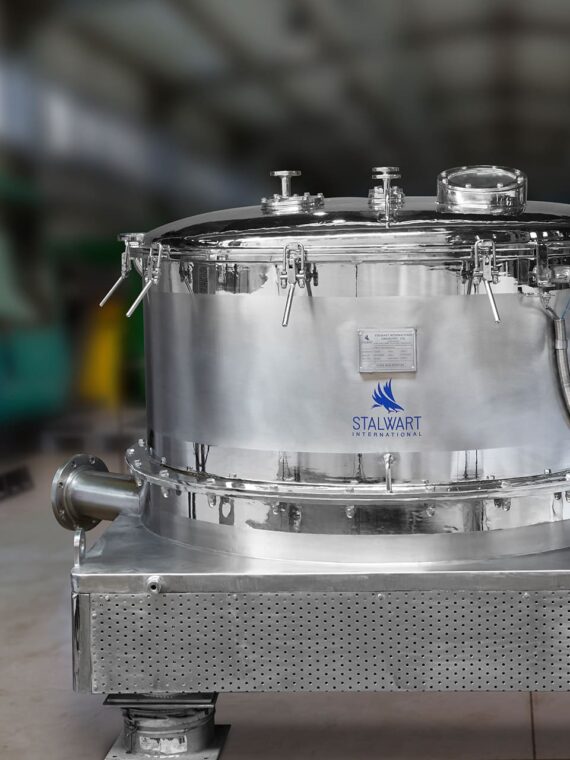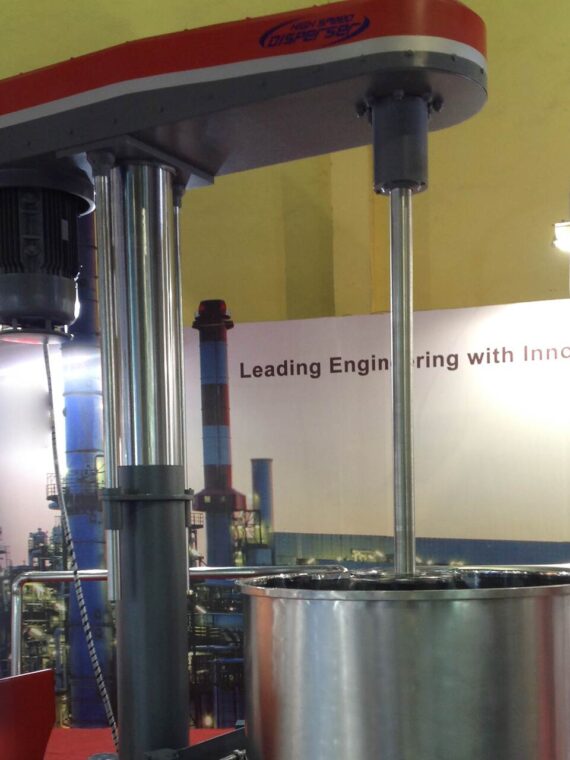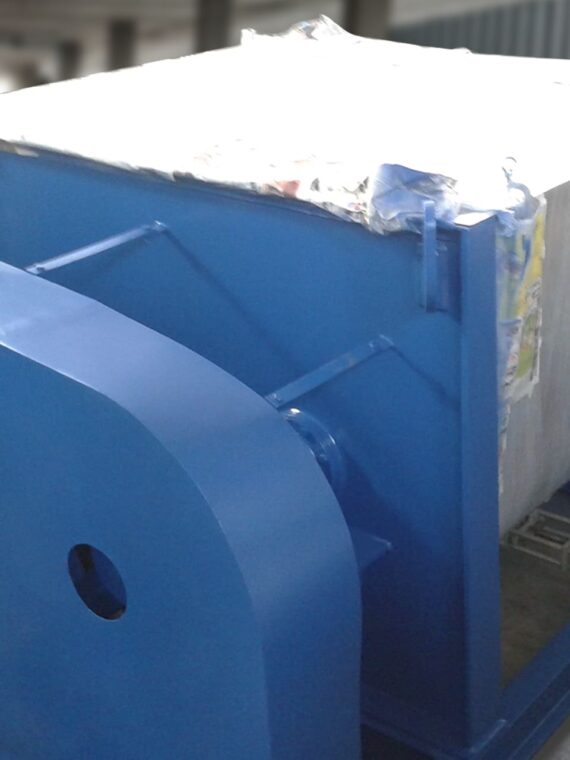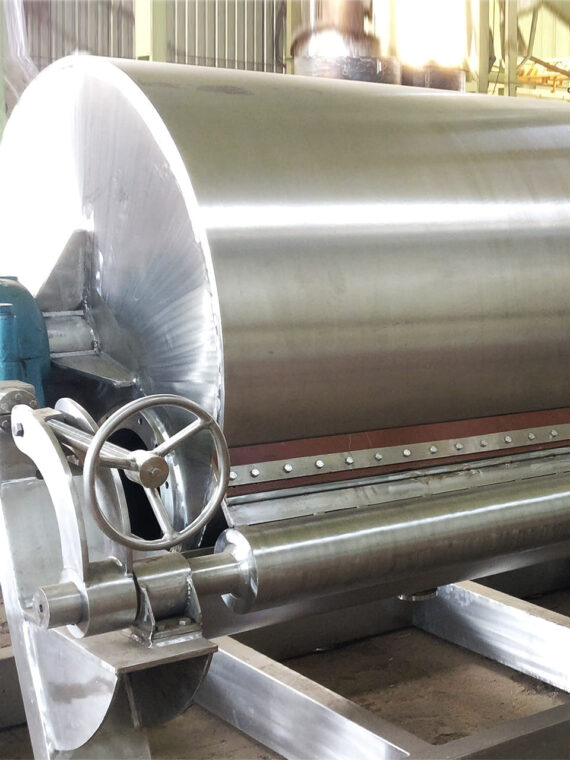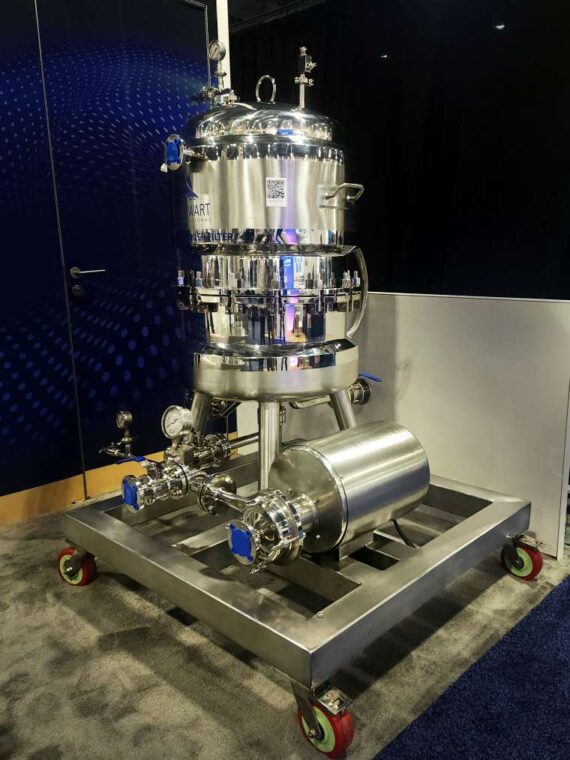Heat exchangers play a crucial role in numerous industrial processes by facilitating heat transmission between two or more fluids. These essential equipment enhance efficiency in numerous industries, whether used for cooling combustion gases in power plants, heating feed water in refineries, or vaporizing substances in chemical plants. Stalwart International, as a leading heat exchanger manufacturer in India, has provided high-quality solutions to significant industries for over four decades. We manufacture customized heat exchangers to worldwide standards in a large, advanced production plant with in-house testing and quality control laboratories to fulfill our client’s needs.
Understanding Heat Exchangers
Heat exchangers allow fluids to transmit heat without touch. It permits thermal energy transfer from a hotter substance or process to a colder one or vice versa. Heat exchangers play a vital role in various industrial operations by modulating temperature for various applications.
Power, petrochemicals, oil & gas, food & beverage, and other industries use heat exchangers. Moreover, heat exchangers are also used in power facilities for steam generation, flue gas cooling, and feedwater heating. Furthermore, heat exchangers are utilized in industries such as oil refinement for preheating crude oil and moderating furnace exhaust gases. Other prevalent applications include steam production, boiling, condensation, heat recovery, and reduction of gases in diverse thermal processes.
Factors to Consider In Choosing the Right Heat Exchanger
Choosing the appropriate heat exchanger for an industrial application requires evaluating key design factors to ensure safety, efficiency, and reliability over the equipment’s lifespan. Let’s explore these factors in detail:
Temperature Range
The operating temperature range of the process is one of the most crucial criteria for selecting industrial heat exchangers. Industrial heat exchanger manufacturers like Stalwart International adhere to ASME protocols governing material ratings at different temperature classes. Stalwart’s heat exchangers work efficiently at various temperatures depending on the application.
Pressure Rating
The heat exchanger’s pressure-handling capacity must be appropriate for the utmost working pressure of the application. Stalwart’s products adhere to international pressure vessel codes such as ASME, ISO, etc., ensuring their safety. Depending on the type and size, most shell and tube exchangers from Stalwart International can withstand pressure up to 30 bar.
Materials of Construction
Different factors change the choice of material for fabrication, and it usually varies from the main goal, like:
- Corrosion resistance
- Conductivity
- Stress and cracking resistance
- Ease of manipulation and manufacture
- Melting point
- Cost
Based on the properties of the fluids used, corrosion resistance is crucial. As a prominent industrial heat exchanger manufacturer, Stalwart offers a variety of corrosion-resistant materials, including carbon steel, stainless steel, Hastelloy, Monel, titanium, tantalum, etc. These materials are appropriate for applications involving salinity, chemicals, acids, caustics, extreme temperatures, and cryogenic conditions.
Thermal Efficiency
A heat exchanger’s required dimensions and cost are largely determined by its heat transfer rate and efficacy. Even in complex applications involving multipass configurations or phase change duties, some advanced compact designs typically achieve thermal efficiencies of over 90%. Some models are designated ASME ‘K’ to guarantee thermal efficacy.
Footprint
The installation space available determines the type of heat exchanger – shell-and-tube, compact, or extended surface. Engineers at Stalwart optimize designs for the smallest possible footprint without sacrificing heat transfer or pressure containment capabilities. Moreover, they offer multi-pass, modular designs that can accommodate confined spaces.
Ease in Cleaning
Over time, corrosion and scale reduce heat transfer efficiency, necessitating periodic cleansing. It is essential to look for a heat exchanger manufacturer that designs numerous equipment with drainable bottom headers and detachable tube bundles for straightforward on-site mechanical or CIP cleansing to restore heat transfer efficiency.
Fouling and Maintenance
Fouling is an essential thing to remember while selecting equipment from a reliable heat exchanger supplier. During the operations, he fluid involved and the ambient conditions can lead to fouling, which is the formation of unwanted material deposits on the heat transfer surface during the heating and cooling process. It is classified into four types: incrustation, scaling, sediment, and biological growth. Fluid velocity, temperature, chemistry, and fabrication materials are four key factors that play a major part in fouling.
The fouling will lead to an increase in cleaning and maintenance. So, while designing your heat exchanger, ensure to explain all the requirements, the process, and other things in detail so the heat exchanger manufacturer can design and choose the material for fabrication accordingly.
Types of Heat Exchangers
There are multiple types of heat exchangers available for industrial applications. Here are some different types of equipment supplied by heat exchanger manufacturers in India:
Shell and Tube Heat Exchanger
Due to its adaptable design, this is one of the most extensively used heat exchanger types in various process industries. It consists of a cylindrical shell with several tube passages containing bundled tubing. Heat is transmitted between the shell and passages as fluids flow through them. Stalwart International, one of the largest heat exchanger suppliers, manufactures large shell and tube units in various configurations to accommodate various thermal duties ranging from 5 kW to 100 MW.
Corrugated Shell and Tube Heat Exchanger
A corrugated heat exchanger is a cost-effective variant of shell and tube heat exchangers. A corrugated tube heat exchanger comprises a corrugated tube, a pipe with a spiral grooved obtained from a plain tube by cold forming. The number of helix starts can be customized along with the angle to optimize heat transfer and performance. One of the greatest advantages of corrugation tube heat exchangers, which makes it highly in demand from heat exchanger suppliers, is the increasing fluid turbulence when flowing from the inner tube. The turbulent flow in these heat exchangers can take place even with a low Reynolds number.
Double Pipe
A double-pipe or twin-pipe industrial heat exchanger is perfect for industries whose operations revolve around high-pressure and high-temperature applications because they can expand and have solid construction. It is commonly used in counterflow, where the opposite flow direction is required. It comprises a pipe that provides a central conductive barrier which prevents both the flowing liquids and an adjoining pipe from creating an annulus shape. There are used where shell and tube heat exchangers do not provide necessary heat transfer and are used in series or parallel to increase the temperature.
U-Tube
A U-tube heat exchanger is a type of shell and tube heat exchanger which is used in petroleum and chemical machinery. The main key components of the U-tube heat exchanger are the tube box, casing, and tube bundle. The U-tubes provide limitless expansion, the tube bundle can be removed for cleaning, and small bundle-to-tube clearance is also possible. The U-shape accounts for heat stress and takes up slightly less volume than a straight tube heat exchanger. Moreover, it provides only low-pressure loss during the process.
Finned Tube – Helical and Longitudinal
Finned tube heat exchangers comprise the finned tube, a series of tubes where fins are added on the exterior to increase the contact area with the fluid to exchange the heat between the fluid inside the tube and the fluid outside the tube. The finned tubes are of two types:
- Helical – Helical finned tubes have fins spirally wound around a table, creating a helical shape. Besides increasing the surface area, the spiral pattern creates turbulence to enhance heat transfer and is designed to operate in harsh conditions.
- Longitudinal – A longitudinal finned tube has longitudinal fins or ridges running along the exterior side of the tube. These fins increase the tube’s surface area, enhancing the overall heat transfer between the fluids.
Floating Head Bundle
The floating head bundle heat exchanger is a variant of the tube heat exchanger where a tube sheet combination is independent, and it can move freely within the shell. They offer resistance to thermal stress and fatigue. It is one of the best heat exchangers provided by heat exchanger manufacturers because it is utilized in applications where the temperature between tube and shell is high, which causes expansion problems. However, it comes at a significantly high cost.
Hair Pin Type
Hairpin heat exchangers have one of the most efficient designs for applications requiring temperature cross (hot fluid outlet temperature is lower than cold fluid temperature) because it has few sections and lesser surface area. They use true counter-current flow, maximizing the temperature differences between shell- and tube-side fluids.
Must Read: Types Of Heat Exchangers Used In Various Industries
Heat Exchanger Technology Explained: Selection Made Easy
Understanding key factors such as operating temperatures and pressures, construction materials, efficiency requirements, and space constraints is necessary for selecting the optimal industrial heat exchanger. Stalwart International, one of the leading heat exchanger manufacturers in India, designs and fabricates customized industrial heat exchanger solutions by international protocols and standards.
As an ASME ‘U’ certified company, Stalwart International provides expert consultation to assist you in selecting the most suitable heat exchanger for your process needs. Contact our team immediately to discuss your project’s specific demands and requirements for a heat exchanger solution.


